
Brian Lade, owner of Smokey Point Productions, stands for a photograph inside a grow room at the company’s facility in Arlington, Washington, U.S., on Thursday, Jan. 12, 2017. The increasing supply of legal marijuana is turning into a major buzz kill for growers as prices plunge — and an opportunity for companies that can help cut production costs. Photographer: David Ryder/Bloomberg via Getty Images
Despite Legalization, Paramilitary-Style Raids Plague Growers In The Emerald Triangle |
01.01.2022Despite Legalization, Paramilitary-Style Raids Plague Growers In The Emerald Triangle
Thanks to new regulations and paramilitary-style raids, California’s marijuana growers are abandoning the land that made them.
Each morning in Humboldt County, as the warm inland climate draws the cool air in from the Pacific, the redwood forest is saturated in a dense, marine layer fog. Like the trees that stretch skyward, cannabis plants in the region can grow as high as 15 feet tall.
These perfect growing conditions are what supports a local cannabis industry that some claim produces up to 70% of the total marijuana in the country. Last November, California passed Proposition 64, legislation decriminalizing small quantities of recreational marijuana and permitting residents to grow up to six plants at home, propelling a gold-rush style surge of marijuana growers into the state.
But the state’s cannabis industry—mostly concentrated in the Emerald Triangle of Humboldt, Mendocino and Trinity counties—is now grappling with the difficulties of building a legal framework from scratch after years of prohibition.
According to some estimates, California—which issued a statewide ban on marijuana exports that goes into effect on January 1st—outproduces its consumption rate by seven to one.
Meanwhile, many estimate that only about 11 percent of the state’s tens of thousands of growers have obtained legal permits.
Without regulatory oversight, many of these illegal marijuana farms burden the state with environmental damage. “We have kind of the whole range of environmental issues.” Says Tom Wheeler, Executive Director of the Environmental Protection Information Center (EPIC). “Light pollution, noise pollution, clean air, clean water, biodiversity, forest fragmentation—all of these things are a problem. And the draft ordinance would largely fix these problems for folks.” Says Wheeler, speaking of the state’s proposed environmental guidelines.
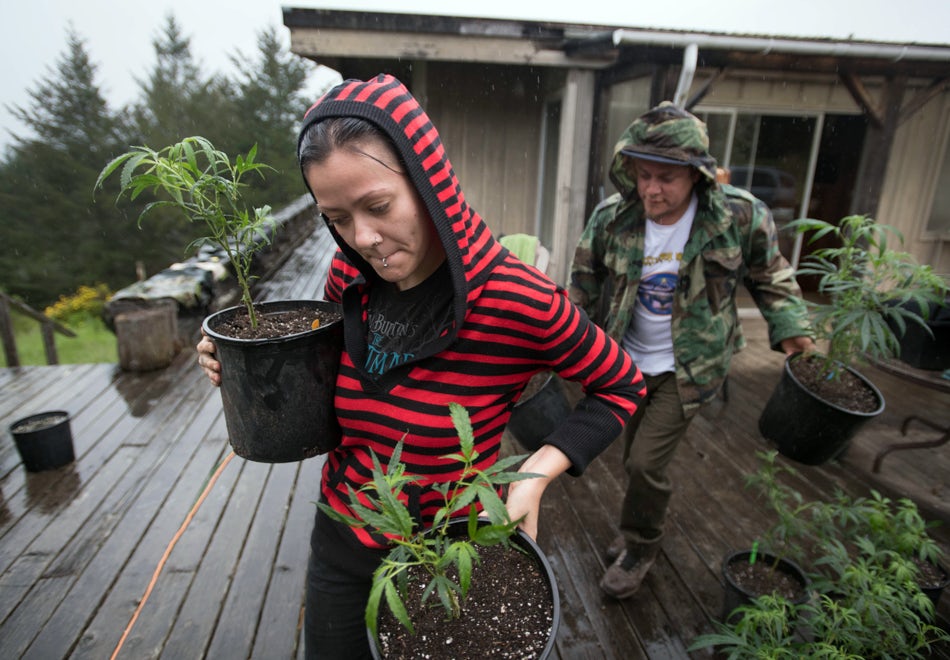
But the factors keeping growers in the shadows are manifold. One of the biggest issues, according to Hezekiah Allen, the Executive Director of the California Growers Association, is a lack of permitting at the local level.
“To obtain a state license, a business will have to be permitted by the local government before application. Unfortunately, the majority of counties aren’t issuing permits.” Says Allen. “We think that in about 70% of the landmass of the state, folks don’t currently have the option to get permits. And therefore they’re not in line for licenses.” One reason for this, Allen thinks, is the cultural dissonance between California’s liberal-minded voters, who tend to cluster in cities like San Francisco, and the dominant conservatism of the state’s rural regions.
In Trinity County, for example, one of three major growing counties in California, it’s easy to forget that during the 2016 presidential elections 51.1% of voters supported then-candidate Trump, compared to 39.8% of residents who voted Democrat, as shown by Politico’s interactive 2016 electoral map. Trinity ultimately voted yes for Proposition 64, but just barely so: 50.1 percent of voters supported the legislation, compared to 49.9 percent who rejected it.
In other instances, small conservative counties that want to take advantage of the emerging industry may just lack the staff and human resources necessary to implement a proper regulatory framework. And many of the counties that are issuing permits, according to Allen, are only distributing enough to cover about 10% of their current marijuana producing farms, leaving 90% of growers out to dry.
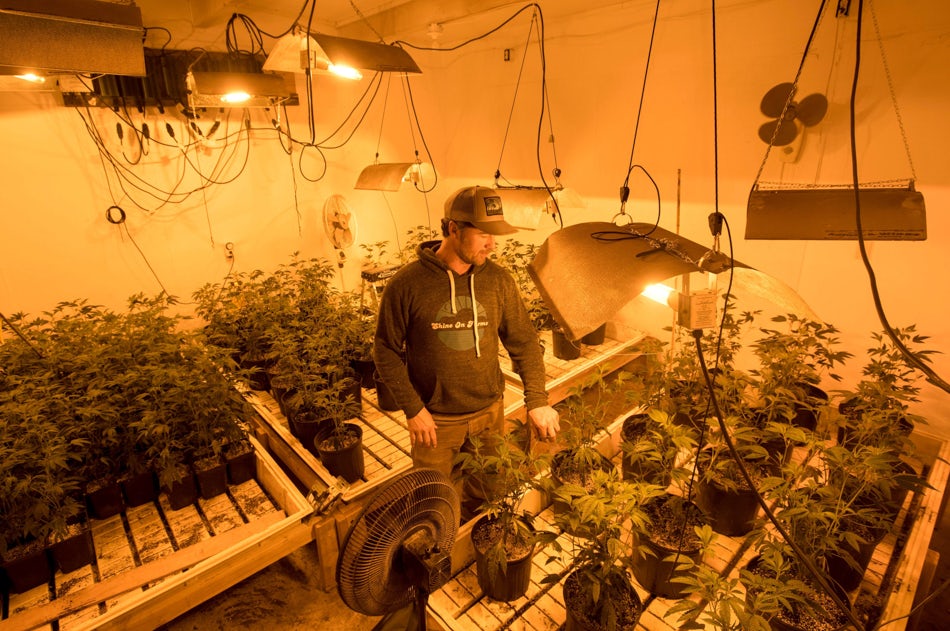
Marijuana growers, forced to run their businesses with cash, must navigate legal and political gray areas as regulations and laws continue to change. / AFP PHOTO / Josh Edelson (Photo credit should read JOSH EDELSON/AFP/Getty Images)
Those who have obtained permits are also now coming to terms with the exorbitant fees, taxes, and expenses necessary to renovate their properties to comply with the state’s environmental standards.“A lot of what we see so far is that the cost comes from making sure that the roads that get to the property are compliant.” Says Terra Carver, Executive Director of the Humboldt County Growers Lands Alliance. According to Carver, the price-tag associated with these types of projects “can be anywhere from 50,000 to 750,000 dollars.”
While most agree that these projects are necessary, many also feel that marijuana farmers are being unfairly charged with cleaning up the wreckage left behind by the timber industry. And since marijuana is still prohibited under federal law, farmers don’t have access to bank loans to help cover these enormous one-time costs, as would most other small businesses.
The difficulty and expenses associated with enrolling in the state program have encouraged many to remain in the shadows. This option is especially attractive now that California’s legal penalty for both growing and possessing large quantities of marijuana has been dropped to a misdemeanor, down from a felony. These days, California’s law enforcement officials are primarily concerned with addressing environmental damage, or criminals who try growing clandestine operations on public lands.
But the wounds left from the War on Drugs are still fresh, and many in the state are beginning to grasp the difficulty of smoothing tensions between law enforcement officials and growers after generations of conflict.
Hezekiah Allen Say about various types growing?
“You know, wine growers illegally divert water. They never get assault rifles pulled on them.” Says Allen. “We have unfortunately had several cases already this year where folks who have enrolled in the Water Board program, and are being good stewards and getting their permits, have been subject to these paramilitary-style raids.”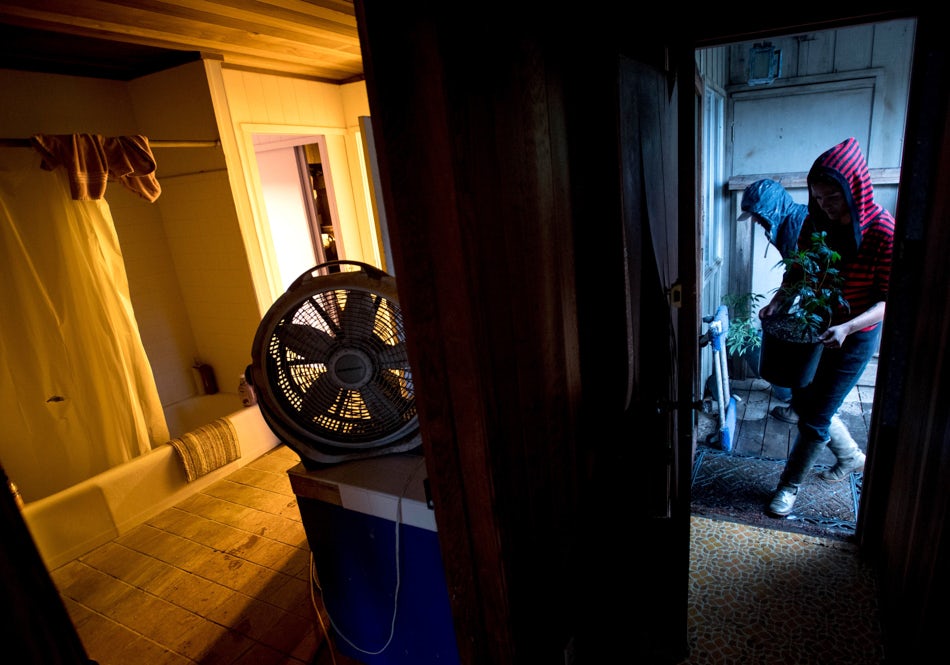
According to Allen, while California’s political officials have come to terms with legalization, the transition can be jarring for those in the field. “The actual law enforcement agents have been at war too. The same way that I have to be sensitive to my members, I also have to acknowledge that these guys have been shot at. They’ve seen some pretty terrible things.”
Allen believes that addressing this problem will require law enforcement agents to distinguish between unregulated growers—who are working on bringing their properties up to compliance—and criminal growers, like those who are growing on public lands.
Carver hopes that as time goes on, public opinion and market forces will also help encourage sustainable growing practices, similar to the organic food movement.“This is the first time in our history of growing cannabis in Humboldt County, which is spanning over 50 years that we’ve ever been able to have a conversation with our consumers.” Says Carver. “And we’re doing that through marketing and branding. We have those who are what I consider early adopter brands, who have not only been producing cannabis with the highest environmental standards, but now are actually including that in their branding, and they are reporting back to me that they’re seeing a significant increase [in sales].”
This is something to keep in mind for growers looking to increase the profitability of their current operations. But according to Wheeler, growers are still unlikely to make the type of profits they used to.
“It used to be that folks could make a living on not very many plants. It was this idyllic way of life. You would have your homestead, you would plant a couple of plants, and you’d be set.” But market saturation has lead to a steep drop in marijuana pricing. Wheeler tells me, “I’ve heard it’s getting down to as low as $500 per pound. When I moved to Humboldt County in 2014, you could sell it for over $1000, probably around $1500” depending on the strain and quality.
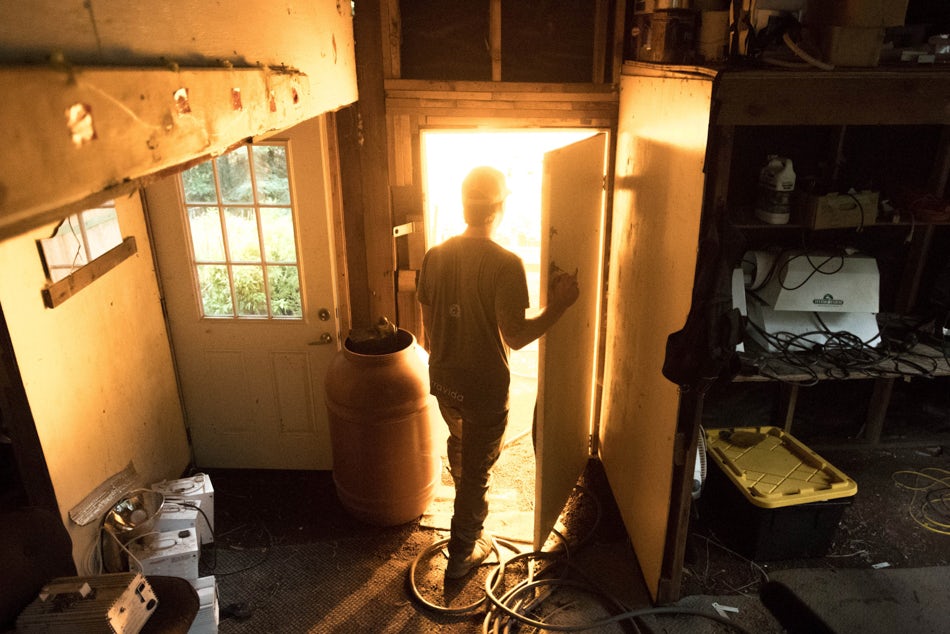
As a result, many are trying to sell their properties and get out of the market altogether. According to Wheeler, many growers in the region have been using incomplete permit applications to inflate the value of their property and sell it off to hopeful newcomers. “There are a ton of listings out here that say ‘permit filed with the county’ or something like that. So now these properties are going for an outrageous amount of money—and these are, you know, really shitty lands.” Says Wheeler.
As California works to smooth out the wrinkles in its legal cannabis industry, those considering joining the fray are wise to heed the advice of those currently in the business: if you’re looking to make money but not already growing cannabis, don’t start.
Herb Recommended Products:
READ MORE

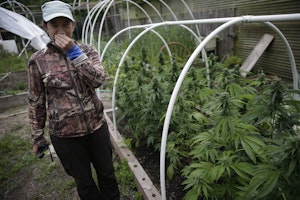

![What Is Craft Cannabis & Where Does It Grow Best? [The Legend Of The Emerald Triangle]](https://herb-platform-images.imgix.net/wp-content/uploads/2021/11/05150136/SLC_Edit1.jpg?auto=compress&fit=crop&q=75&ixlib=react-8.6.4&h=auto&w=300)






